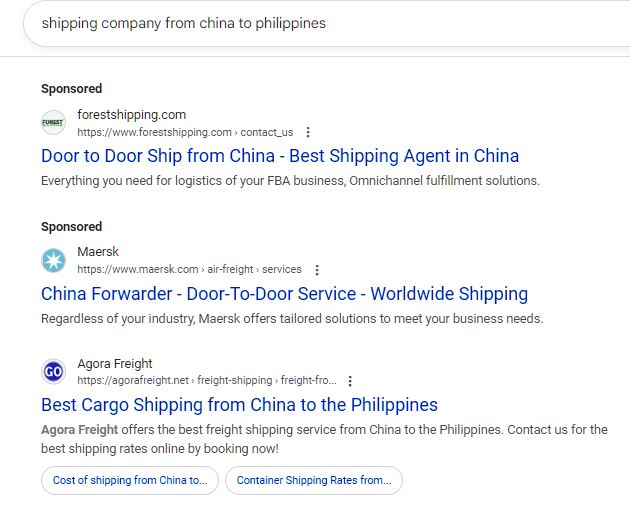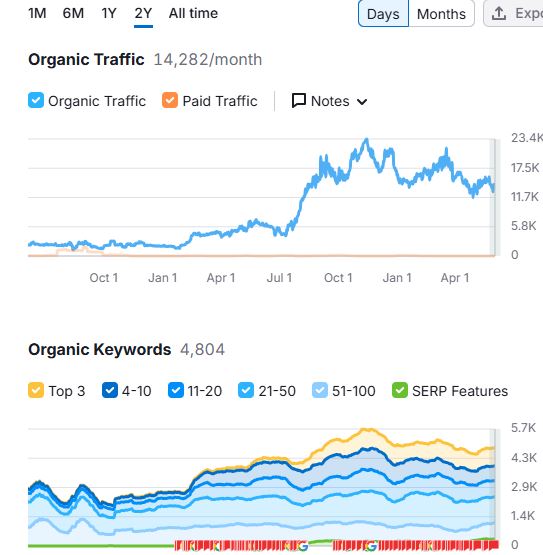Online marketing for a shipping company is all about building trust, showcasing reliability, and reaching the right clients—whether you’re targeting local businesses or international freight partners.
Here’s a strategic breakdown to help you get started:
Introduction: Define Your Target Market
- Regions & Countries: Are you focusing on Asia-Europe trade, U.S. imports, Middle East exports, etc.?
- Customer Types: B2B (importers/exporters, manufacturers), or B2C (individual shipments, eCommerce sellers)?
- Services Offered: Full container load (FCL), less than container load (LCL), air freight, customs clearance, warehousing?
Tip: Tailor your marketing messaging based on logistics pain points and regulations specific to the region.
🌐 1. Build a High-Conversion Website with functionalities/features for shipping
Core Features:
- Freight quote calculator
- Service pages by route (e.g., China to USA shipping)
- Client testimonials and case studies
- Include shipment tracking, booking forms, and live chat
- Multilingual Support: Offer language options for target markets (e.g., Spanish, Mandarin, French).
- Trust Signals: Certifications (e.g., FMC, FIATA), insurance, GDPR compliance, reviews.
- Mobile-friendly, fast-loading, and easy to navigate
- Optimize for SEO with keywords like “freight shipping “country/city” or “international cargo services”
- Create landing pages according to local target with unique content and local or relevant social proofs
✍️ 2. Content Marketing
- Write blog posts on shipping tips, customs regulations, or case studies
Blog Topics:
“How to Ship from China to Europe in 2025”
“Top Mistakes When Exporting to the US”
“Incoterms 2020 Explained for Businesses”
- Press Release for new area where service are available to get high authority backlinks
- Create explainer videos
- Videos/Webinars: Explain customs procedures, shipping tips, real-time container tracking
- infographics on how your process works
- Visual guides to shipping timelines, container sizes, or shipping cost breakdowns
- Use Google’s E-E-A-T principles (Experience, Expertise, Authority, Trust) to rank better
- Setup blog/website network supporting keywords
📣 3. Social Media Strategy
- Use LinkedIn for B2B outreach
- Thought leadership, shipping updates, B2B networking
- Facebook/Instagram: Brand presence, particularly if you handle B2C
- Use Instagram/facebook and other local social media for impression/branding campaign
- Share customer testimonials, behind-the-scenes operations, and shipping updates
- YouTube: Educational videos, case studies, customer testimonials
- Run targeted ads based on location, industry, or shipping needs
📧 4. Email Marketing
- Send newsletters with shipping tips, rate updates, and promotions from previous customer
- Segment your list by client type (e.g., eCommerce, exporters, retailers)
- Use automation for onboarding, follow-ups, and seasonal campaigns
- Build segmented email lists (e.g., importers in EU, Amazon sellers in the US)
- Offer free resources in exchange for emails (e.g., “Download our Shipping Guide for New Exporters”)
- Send targeted email sequences based on location and shipping needs
🔍 5. SEO & Google Ads
- Optimize your site for keywords like “cargo shipping “city” or “express freight Region/Asia/Europe/Australia”
- international freight shipping [country/city] , affodable shipping to [country/city]
- container shipping to [country]”
- “customs clearance services”
- Create a landing pages according to local target with segmentation by countries and region.
Optimize pages with localized keywords
Use schema markup for logistics services
Create landing pages for top shipping routes
Google Ads
Use Google Ads, Bing, and local search engines (e.g., Baidu, Yandex) to run:
Search Ads for high-intent terms (“international shipping company to India”)
- Segmentation according to localization
- Use remarketing to re-engage past visitors
Display Ads for retargeting visitors:
- Run periodic impression campaign using Display Ads and target online news website, magazine, where the importer stay
LinkedIn Ads to target business decision-makers
Geo-target ads based on business demand or trade routes.
🤝 6. Referral & Partnership Programs
- Offer discounts or incentives for referrals
- Partner with local retailers or eCommerce platforms for bundled services
🎥 7. Customer Testimonials & Case Studies
- Record short video interviews with satisfied clients
- Highlight successful deliveries, fast turnarounds, or complex logistics solved
8. Partnerships and Influencer Outreach
Collaborate with:
- eCommerce platforms (like Shopify, Amazon sellers)
- Trade organizations
- Freight brokers or consultants
Sponsor logistics events and webinars
9. Online Reviews & Reputation Management
Collect Google Reviews, Trustpilot, Freightos ratings
Address any negative feedback promptly
Showcase social proof and case studies prominently
10. Analytics and Optimization
Use Google Analytics and Hotjar to track visitor behavior
Monitor ad campaigns and keyword performance
Run A/B tests on landing pages and calls to action (e.g., “Get a Free Freight Quote”)
If you’d like, I can help you create:
A sample marketing plan for shipping company




